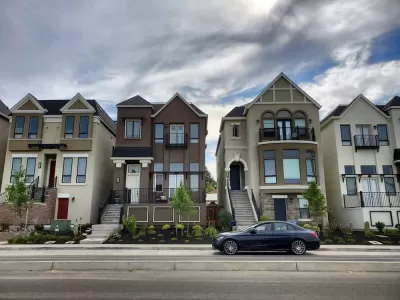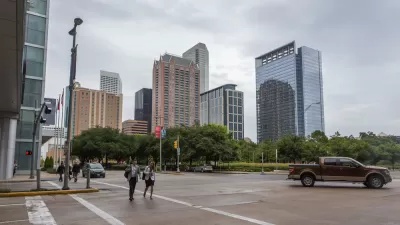With pandemic-era renter protections ending and rents rising by close to 20 percent, renters in Sacramento are finding it harder to afford housing in the region.

The wave of evictions feared by housing advocates as COVID-19 renter protections came to an end is hitting Sacramento as the last remaining eviction protection measure draws to a close at the end of this month. As stated in an article by Alexandra Yoon-Hendricks and Theresa Clift in The Sacramento Bee, “Typical rents in the Sacramento region increased nearly 20% last year. Even full-time workers struggle.”
“According to an estimate from the California Housing Partnership, a person needs to earn at least $31.25 an hour — or more than twice the minimum wage — to afford the median rent of a two-bedroom home in Sacramento County without spending more than 30% of their pay on housing.” The article continues, “The city’s Tenant Protection Program, which the council adopted in 2019, prohibits landlords from raising rent more than 10%, annually, but does not apply to renters of single-family homes.”
Despite renter protections, more than 1,231 evictions took place in Sacramento County between march 2021 and March 2022, affecting low-income households the most. “About 42% of sheriff lockouts that occurred in the second year of the pandemic took place in a census tract with a poverty rate of 20% or more.” Meanwhile, over 30,000 people who applied for rent relief have not received it—and are not likely to. “The agency said it has processed many of those applications through its wait list, but that it simply doesn’t have the funding required to aid all those households.”
FULL STORY: Exclusive: Evictions soar in Sacramento as remaining COVID tenant protections set to end

Planetizen Federal Action Tracker
A weekly monitor of how Trump’s orders and actions are impacting planners and planning in America.

Chicago’s Ghost Rails
Just beneath the surface of the modern city lie the remnants of its expansive early 20th-century streetcar system.

San Antonio and Austin are Fusing Into one Massive Megaregion
The region spanning the two central Texas cities is growing fast, posing challenges for local infrastructure and water supplies.

Since Zion's Shuttles Went Electric “The Smog is Gone”
Visitors to Zion National Park can enjoy the canyon via the nation’s first fully electric park shuttle system.

Trump Distributing DOT Safety Funds at 1/10 Rate of Biden
Funds for Safe Streets and other transportation safety and equity programs are being held up by administrative reviews and conflicts with the Trump administration’s priorities.

German Cities Subsidize Taxis for Women Amid Wave of Violence
Free or low-cost taxi rides can help women navigate cities more safely, but critics say the programs don't address the root causes of violence against women.
Urban Design for Planners 1: Software Tools
This six-course series explores essential urban design concepts using open source software and equips planners with the tools they need to participate fully in the urban design process.
Planning for Universal Design
Learn the tools for implementing Universal Design in planning regulations.
planning NEXT
Appalachian Highlands Housing Partners
Mpact (founded as Rail~Volution)
City of Camden Redevelopment Agency
City of Astoria
City of Portland
City of Laramie





























